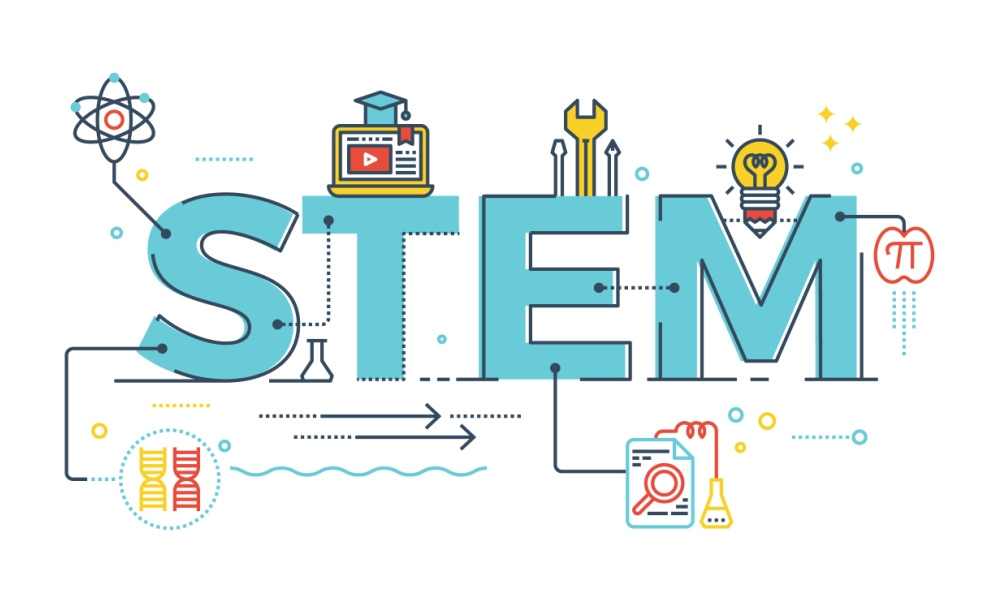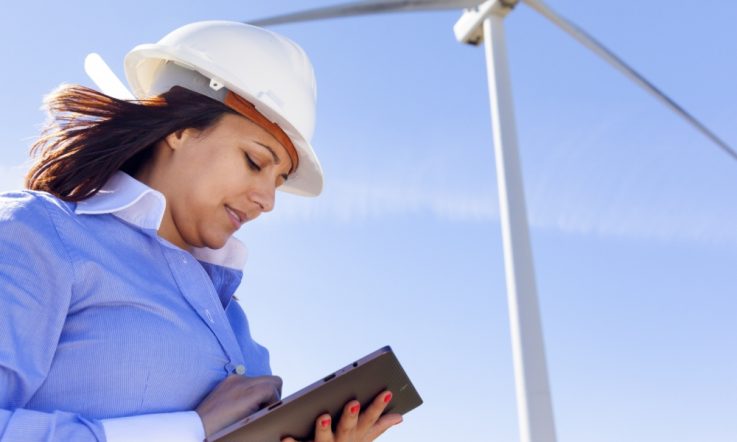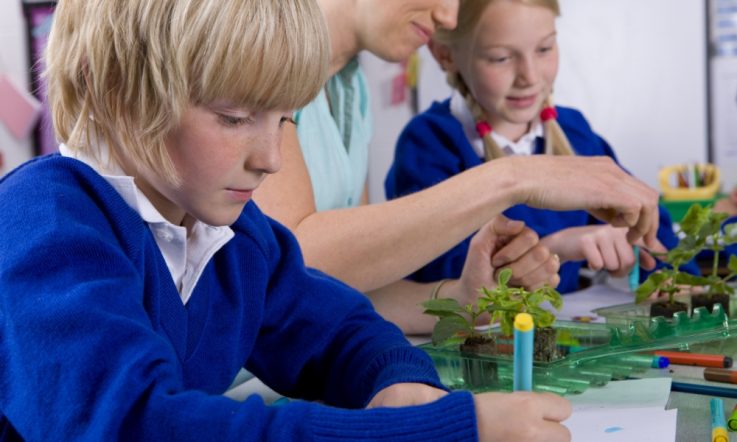Secondary student Sam Wakelam's enthusiasm for STEM learning is infectious. Interviewing him, it's easy to see why he approached his teachers with the idea for a new leadership role.
As Kew High School's first STEM Captain, he's on a mission to promote the benefits of opting to continue with STEM – Science, Technology, Engineering and Mathematics – studies beyond Year 10.
‘STEM covers so much; it's such a big umbrella. Anyone can find an interest in it,' he tells me.
Appointing a STEM Captain is part of a broader push at the Melbourne school to raise the profile of STEM and 21st Century skills. It includes Year 7 programs that include STEM units for the first time.
Lyndsey Thickins, science teacher and Leader of eLearning, says one of the aims is to increase the number of students electing to take STEM subjects. School data show that, despite overall enrolments increasing, there's been a drop in the number of students entering Biology (from 230 for the year ending 2013 to 201 for the year ending 2016), Chemistry (160 to 155), Physics (168 to 131) Further Maths (467 to 421), Maths Methods (280 to 219) and Specialist Maths (111 to 72).
It's not just a problem for Kew – data issued by the Australian Government (Office of the Chief Scientist, 2016) show, at a national level, student participation in most Year 12 maths and science subjects is declining.
Students taking the lead
Thickins tells Teacher Wakelam first approached staff with the idea to create a science leader role. Their feedback was that it was too specific and they'd need to create a role for every other subject so they didn't miss out. ‘He came back half an hour later and said “What about a STEM leader?”'
After putting in an application and presenting to Year 11 students Wakelam got the job. ‘I tried to turn [the presentation] into a bit of a show to try and get people into STEM first off,' he says. ‘So, elephant's toothpaste … I talked about what I wanted to do in 2017. There was a catalyst and I was saying “this is the reaction, this is like all the activity that's going on in the school at the moment around STEM and this is the catalyst, representing the STEM Captain role” …'
At the end of last year, the school held a STEM-themed activity day for the younger year levels and there are future plans for a dedicated STEM Centre. In the meantime, two classrooms are being transformed into an office and breakout space where the new STEM Captain can run activities.
Wakelam says Physics and Chemistry are his main passions, but he's keen on the whole package. ‘They all kind of overlap … engineering and maths go into each other. Maths especially is stigmatised really early – people see it on their timetable and they go “urgh, maths” … even in primary school. Which means when you get onto the science subjects and people say there's a lot of maths involved, students think “I don't want to do that”. I want to focus on breaking that down.'
The Year 12 student adds there's also a feeling that STEM subjects are ‘smart subjects' that are out of reach. ‘I know a few people who really liked science in Year 10 but then gave it up going into [Year 11 and 12] because they were saying “I'm not obviously smart enough to do that”.'
Wakelam's ‘far-off goal' is to have a career in astrophysics, although for now he's just focusing on his Year 12 exams. Having visited the Australian Synchrotron for his own work experience he's keen to encourage other students to use the opportunity to explore STEM-related careers. ‘We got to work on the beamline and a paper that went on to be peer-reviewed. It was fantastic, an awesome experience. If I can get some people having similar experiences and getting a taste of what it's like to be a career scientist, maybe that will encourage them to push on into Year 11 and 12.'
Over the last few months, the school has hosted visits by several experts who have spoken to staff and students about the importance of STEM learning. They include former Chief Scientist Professor Ian Chubb and Professor Leon Sterling – who participated in the Principal for a Day program. Thickins says through these partnerships with universities and industry, students can see what's possible in terms of their own careers. ‘We're trying to also raise the profile for girls. We want to have a chat to the Year 7s about what kind of career opportunities are possible for them, then do a big STEM program.'
References
Office of the Chief Scientist. (July, 2016). Science and Maths in Australian Secondary Schools. (Datasheet 1). Retrieved from Retrieved from http://www.chiefscientist.gov.au/wp-content/uploads/OCS-Datasheet-secondary-schools_WEB-VERSION.pdf (PDF 218kb)
National data show student participation in most Year 12 maths and science subjects is declining. What’s happening at your school?
What about enrolments for female students? If there’s a gender gap, why do you think this is? What could you do to tackle the imbalance?
Kew High School is developing partnerships with universities and industry to promote STEM-related careers. Are your students aware of the variety of occupations linked to STEM-related disciplines?



